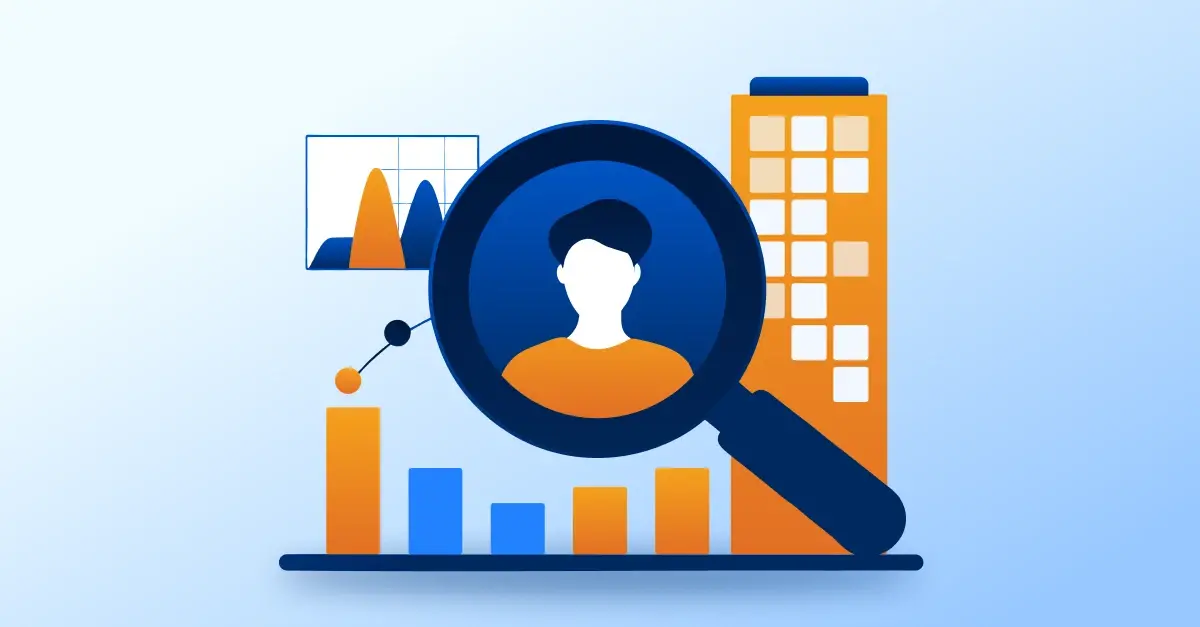The Most Comprehensive
US POI Data.
-
Millions of POIs: We offer a dataset of 24 million POIs located in the USA.
-
US Data Coverage: Our database covers the entire United States.
-
Weekly Data Updates: Our database is updated weekly.
-
Customized Datasets: You can customize your dataset by selecting specific locations and attributes such as geolevel or building area.
-
Additional Data Attributes: You can enhance your POI dataset by adding business data attributes associated with POIs.
-
Decades of Expertise: We have been providing data to global enterprises for over 30 years.
.png?width=597&height=452&name=map_footprint%20(1).png)







